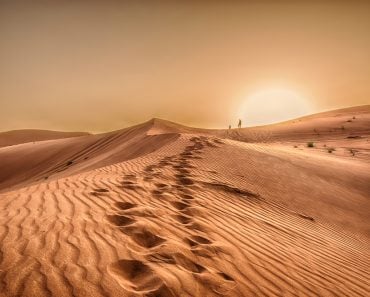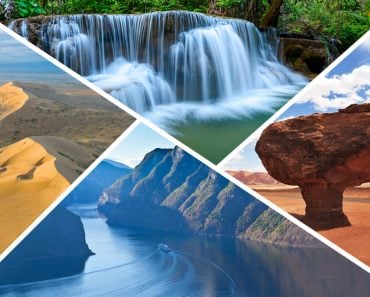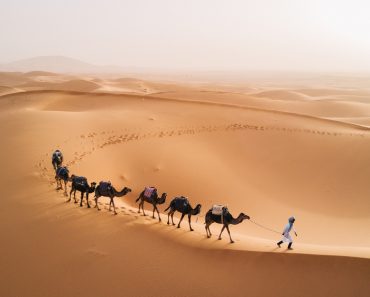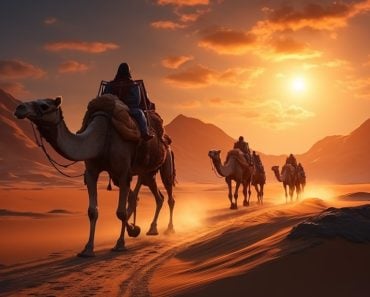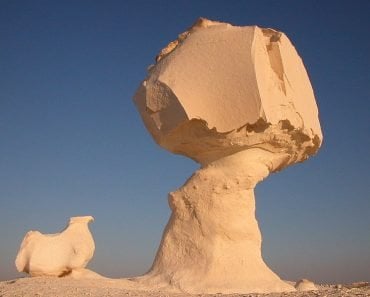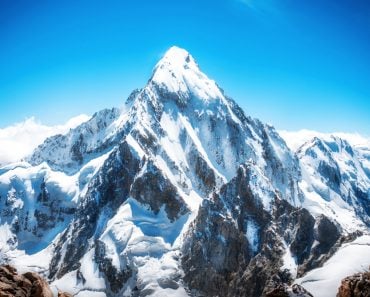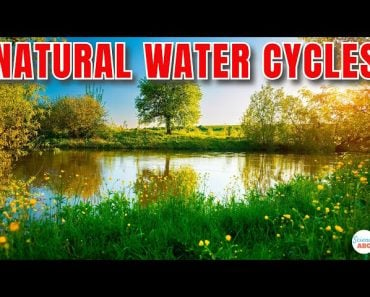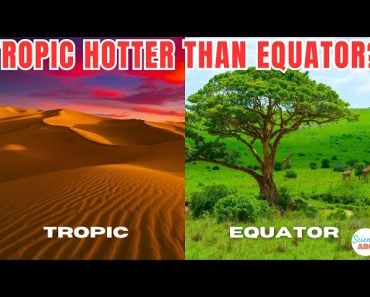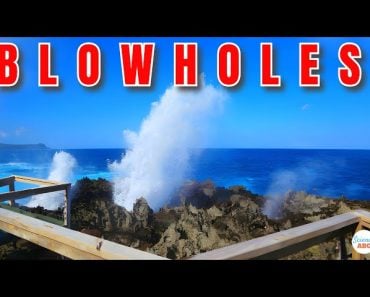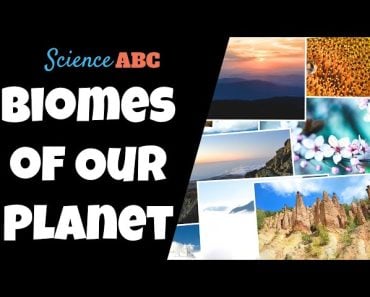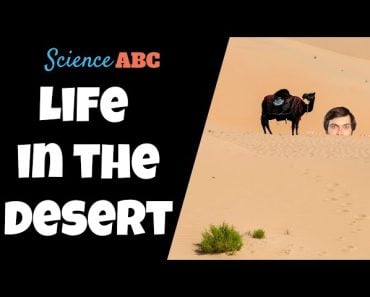Table of Contents (click to expand)
Many canyons are found in the deserts of the United States due to the high rate and intensity of weathering and erosion of plateaus. These plateaus are semi-arid and arid regions with little vegetation, making them more susceptible to erosion by the elements of nature.
“The Grand Canyon”
This may be the first name that pops into your head when you hear the word “canyon”.
We’ve all read about canyons in our geography textbooks, right? Our impressions of canyons include beautifully ridged plateaus with a river flowing through the valley.
Now, let’s go deeper to understand what a canyon is, as well as where and how they are formed and found.
A canyon is an eroded valley with exceedingly steep sides featuring almost vertical rock cliffs. The term gorge is frequently used as a synonym for the canyon, but usually refers to a more diminutive and particularly narrow feature.
Recommended Video for you:
How Is A Canyon Formed?
A canyon is categorized based on the methods of its formation.
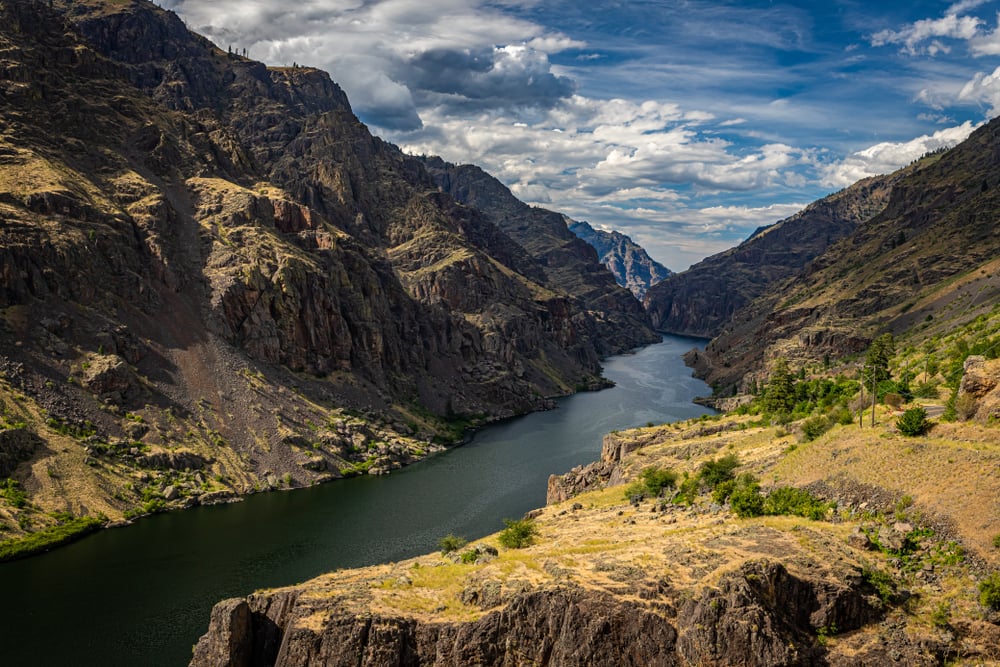
River Canyons: A river canyon, also known as a river gorge, is the sort of canyon that is most familiar to us. The force of a river’s water erodes the river bed to a significant depth. The riverbed sediments are moved downstream, which results in the creation of a deep and narrow channel.
Example: Hell’s Canyon, the deepest river canyon in North America, spans a vast and isolated area with significant variations in geography, temperature, and vegetation.
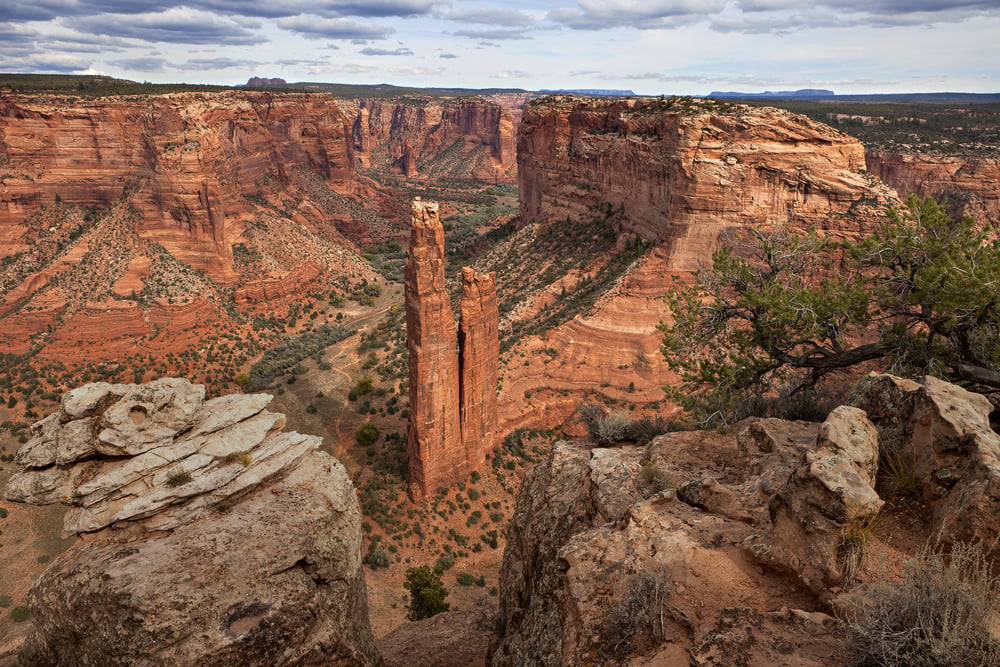
Erosion: The development of canyons is also influenced by processes like weathering and erosion. During the winter, water trickles down into the crevices in the rock. This water eventually freezes due to the cold temperatures of arid regions. The expansion of the cracks caused by the molecular expansion of water causes bits and layers of rocks to erode. During intense downpours, water rushes through the crevices, further eroding the rocks and stones. Therefore, the canyon gets wider at the top than at the bottom, due to more rocks crumbling, falling, and accumulating.
Example: Canyon De Chelly in Arizona is an example of a canyon formed by constant weathering and erosion.
Tectonic Uplift: Tectonic action can also be responsible for forming canyons. The movement of tectonic plates beneath the Earth’s crust, which are constantly shifting and colliding with one another, can cause the landscape of a region to alter. Tectonic activity can occasionally cause a portion of the Earth’s crust to rise to a higher level than the land in the surrounding area. This type of uplift is referred to as tectonic uplift. Plateaus and mountains can be formed as a result of tectonic uplift. Canyons are formed when rivers and glaciers erode through highland regions, leaving deep gorges behind.
Example: The Grand Canyon results from a tectonic uplift that happened about 40 to 80 million years ago. The canyon we now see is the work of the Colorado River, etching itself deeply into the Arizona terrain.
Why Are Canyons Found In Deserts?
Now, why are most of these canyons found in deserts? We see that two of the three types of canyons result from weathering and erosion by various elements of nature. Even the canyons formed by tectonic uplift are subject to weathering. This phenomenon of weathering over hundreds of years has created today’s deep, beautiful canyons.
However, this doesn’t clarify why canyons are usually found in deserts. To understand this, we must recall a few paragraphs from our grade 5 science textbooks. Remember how it was mentioned that mechanical weathering by elements of nature is quite evident in arid regions, including deserts? Why is that?
The answer lies in the same textbook. Arid regions have little to no vegetation to help bind the soil together. Therefore, the thin layer of soil is eroded, and the bedrock is often exposed. This bedrock is now subject to precipitation, daily variations in surface temperature, and ice-wedging throughout the winter months. All these normal phenomena have the potential to erode the exposed rocks. In drier regions, the exposed and eroded nature of the rock makes it simpler for rivers to cut through the stone as they travel through these areas.
Most of the United States’ deserts are found in highlands and plateaus, on the leeward side of mountain ranges. The leeward side of a highland, also known as the rain shadow area, is the side of the highland that gets little to no rainfall and often experiences arid or semi-arid climatic conditions. Tectonic uplift in that region is typically responsible for forming these highlands and plateaus. Now, you might wonder how a river even got to the middle of the desert to erode the plateaus. These rivers originate on the mountain ranges that shadow the arid plateaus and cut through the rocks of the highland, creating steep rock walls with ridges.
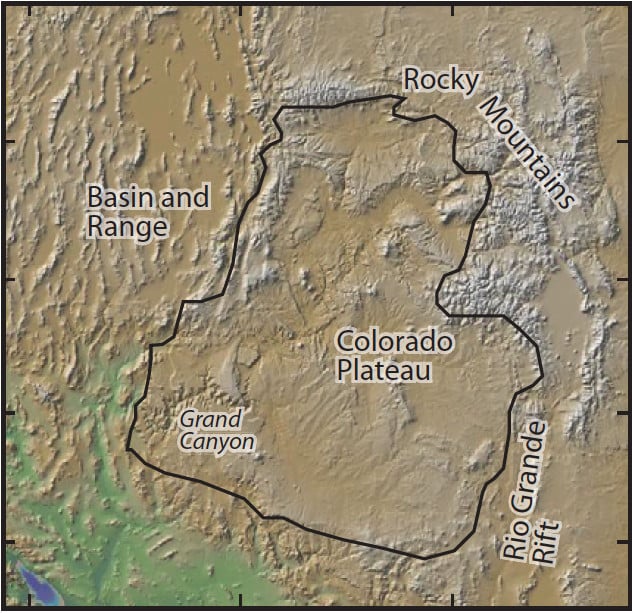
Now we can understand why several deserts in the United States are adorned with such stunning canyons!
Despite these lands being arid regions, rivers originating from the mountain ranges add extra beauty to the image of canyons embedded in our minds.
References (click to expand)
- Canyon - National Geographic Society. National Geographic
- Deserts - Canyonlands National Park (U.S. National Park .... The National Park Service
- Canyons, Information, Facts, and Photos | National Geographic. National Geographic
- 10 Things: Grand Canyons - NASA Solar System Exploration. The National Aeronautics and Space Administration
- 8 Facts About the Grand Canyon You Never Knew. The National Park Foundation
- Geology of Bryce Canyon National Park - USGS. The United States Geological Survey
- Geology - Grand Canyon National Park (U.S. National Park .... The National Park Service
- Hells Canyon National Recreation Area - Fast Facts. The United States Forest Service

